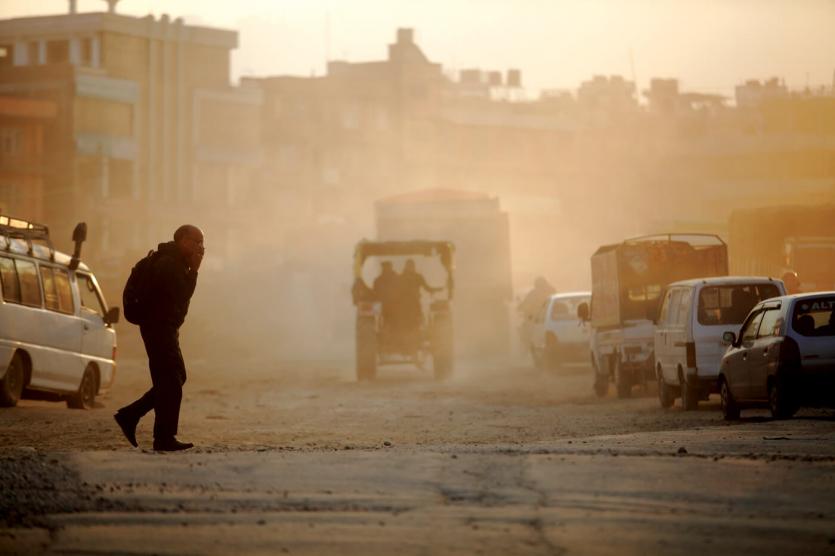Air pollution in streets of Kathmandu.
By Patryk Krych | The World Daily | MARCH 30th 2021
Schools in Nepal were ordered to shut down by the government following reports of severely hazardous levels of air pollution spiking in the country.
The country of Nepal is currently seeing the worst levels of pollution it’s suffered since 2016. Given its positioning between both India and China, two of the renowned most pollutive countries in the world, it was only a matter of time before the Himalayan nation of Nepal itself would suffer some of the disastrous consequences. The closing down of schools is the result of this.
The closure of schools in Nepal came with the presence of a deep smog in Kathmandu on Monday, marking the first ever instance of Nepal having to close down its education institutions due to any sort of pollution.
Millions of students across the country are being forced to stay at home due to the closure of schools. According to the education ministry spokesman Deepak Sharma, somewhere around 8 million students are affected by this closure, which was recently announced with health and safety in mind.
“It has been decided that educational institutions will be closed until Friday. As far as we are aware, this is the first time schools have been closed because of pollution,” Sharma told AFP.
Pollution has been a long-running issue in Nepal, especially in the capital of Kathmandu. Alongside the country’s positioning between the pollution powerhouses of India and China, there’s also a distinct lack of regulation around construction sites and factories.
Nepal struggles against air pollution have become significantly more notable since the emergence of the COVID-10 coronavirus. The pandemic virus is one that targets the respiratory system – which can be heavily and negatively affected by air pollution.
Though no average pollution readings are currently available, it’s been noted that air quality in Nepal has been deteriorating recently. It’s come to the lowest point since 2016, when the air pollution crisis grew so bad that the Nepal government first started to properly track its air quality, according to government official Shankar Paudel.
Experts stated that such health risks as the development of asthma, cancer, high blood pressure and strokes are heightened during such spikes in air pollution levels. All stemming from vehicle exhausts, fire kilns, and construction/factory workplaces.






